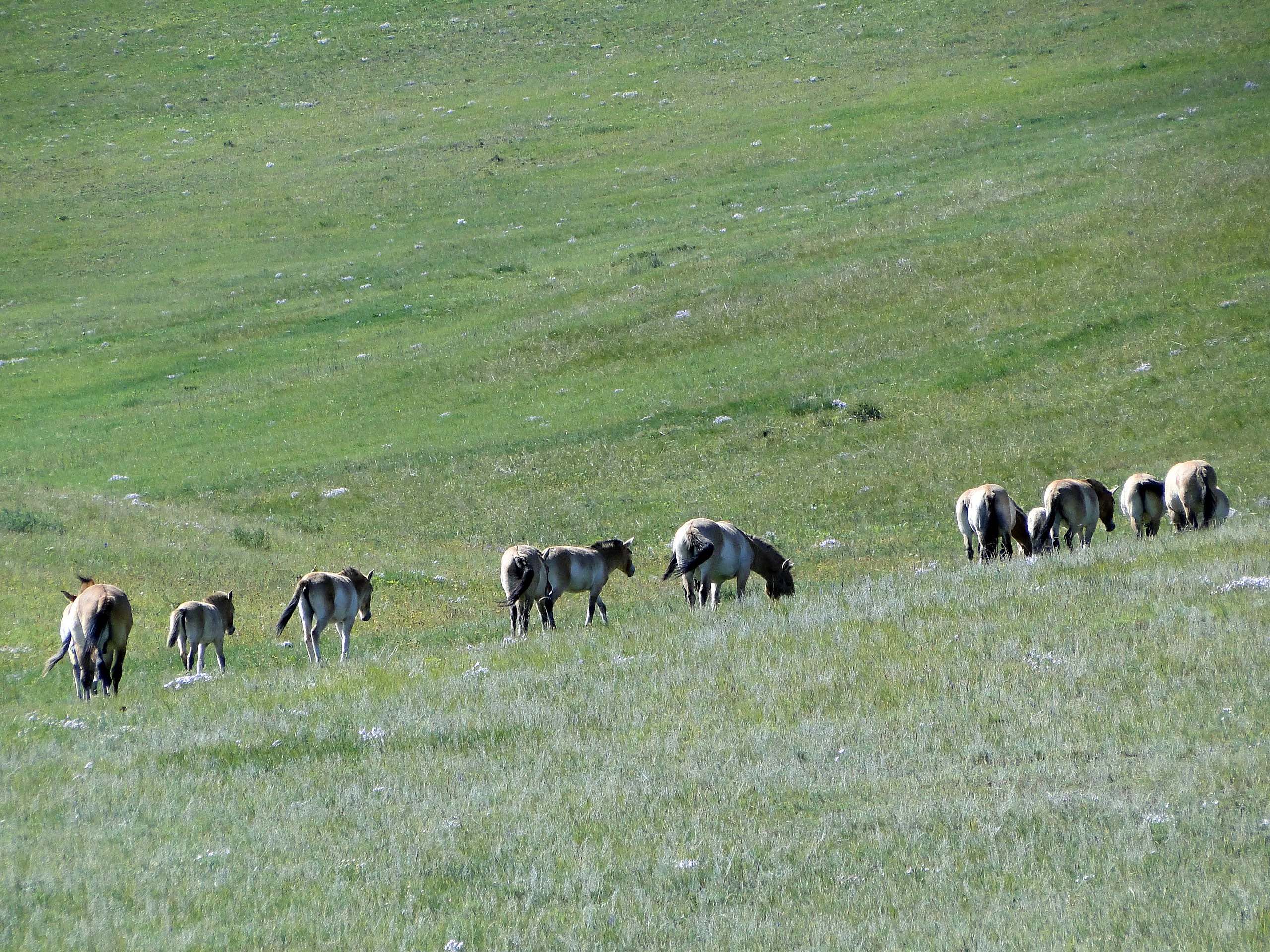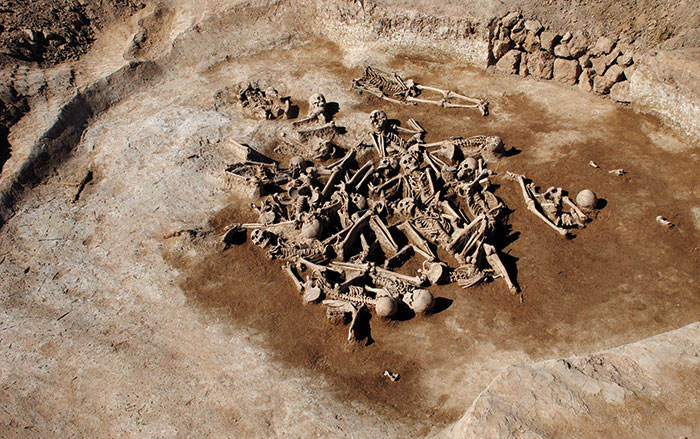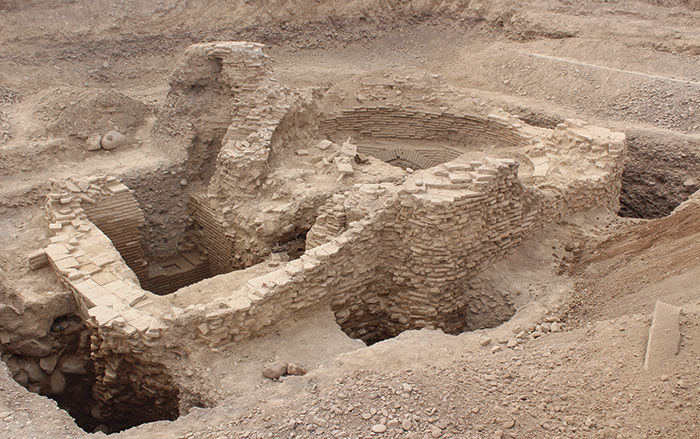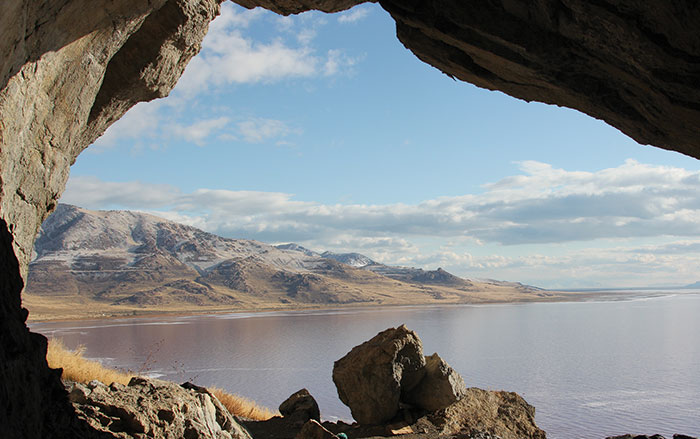
SEOUL, SOUTH KOREA—Two new studies examine the key role played by the rise of skilled horsemanship in ancient Eurasia, according to a report in Science Magazine. The first, a survey of ancient DNA taken from the remains of 214 individuals who lived in Eurasia over the span of 6,000 years, tracks large migrations that eventually gave rise to several nomadic empires, including the Xiongnu Empire (ca. 209 B.C.–A.D. 98). Xiongnu coalesced out of three distinct human populations living side-by-side on the Mongolian steppe and was the first historically documented empire on the steppe founded by pastoralists. “You can see the entire Eurasian genetic profile in the Xiongnu people,” said archaeogeneticist Choongwon Jeong of Seoul National University. The team's results suggest that mastery of the horse made possible long-distance travel over Central Asia’s grasslands, leading to increased population diversity and developments in military techniques that allowed the nomads to threaten Han Dynasty China. Objects discovered in the graves of Xiongnu elites, including Roman glass, Persian textiles, and Greek silver, indicate that Xiongnu's mastery of the horse also supported wide-ranging trade connections. The second study has discovered that horse skeletons buried in western China's Tian Shan mountains around 350 B.C.—some 150 years before the Xiongnu Empire emergerd—exhibit bone abnormalities from riding, including spinal damage from the weight of a rider and changes to the bones of the mouth from bits and bridles. To read more about the archaeology of Eurasia, go to "A Silk Road Renaissance."











